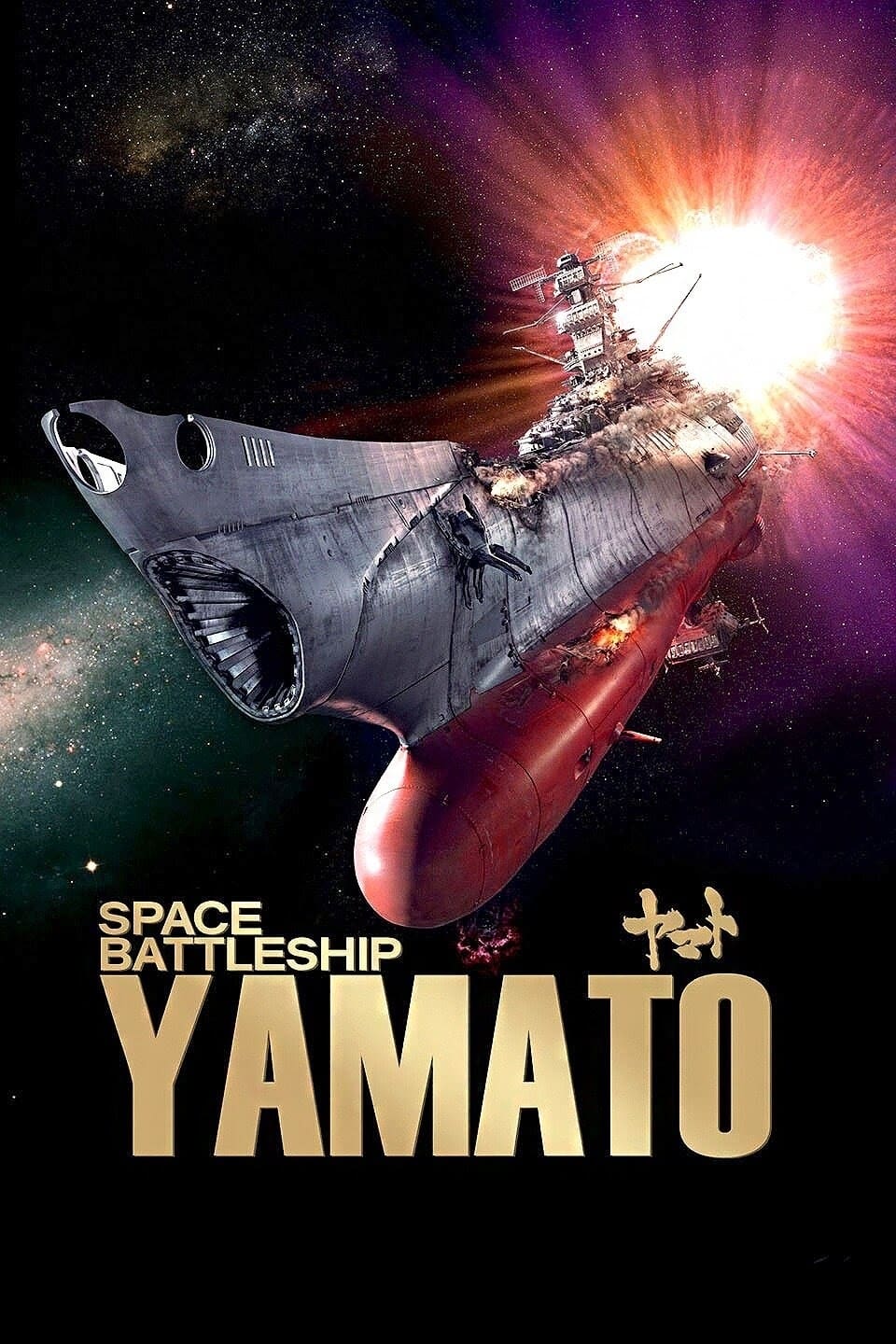
In 2199, five years after the Gamilons began an invasion of Earth, the planet has been ravaged by the aliens' bombs. The remnants of humanity have fled underground to escape the irradiated surface. One day, former pilot Susumu Kodai discovers a capsule sent from the planet Iscandar that tells of a device that can remove the radiation from the Earth's surface. The Earth Defense Force rebuilds the battleship Yamato with a new type of propulsion system to make the 148,000 light year trip to Iscandar in hopes of saving the Earth. Within one year, the radiation will drive the rest of humanity to extinction.
10 Dec Space Battleship Yamato (2010)
Teen Explosions
I’ve been doing a lot of thinking lately about what the necessary ingredients may be for a successful space travel-centric sci-fi movie. ‘Interstellar’ used a device to place the images in the past, leveraging established movie notions. That was a movie that referenced and mined memories.
Jodorowky’s Dune would have been unlike anything we had seen then and have seen since. The space ships would have been costumed as if they were boats in an fantastic Italian opera. As I write this, we will soon have the Disney Star Wars reboots and I know what we will get there: the same battle and ship conventions we’ve had to live with for decades.
So I had high expectations for this, simply because it is Japanese, successful and has a legacy before Star Wars.
In addition to what you require for a sustainable story, I think you need these things:
A selected mythology on which to base your equipment. Often this is just that a mega company has taken over the enterprise and given us what we expect from a soulless but efficient institution. Sometimes we are to believe that the ships and technology spring whole from a single mind that we are separately introduced to.
That’s where this movie is novel. When the WWII Yamoto was built, it was (and still is) the largest battleship ever launched. It was created with great publicity as the event which abrogated treaties and announced the intention of war. National identity fused with the craft, the emperor endowed it with his magic and many believed the destiny of the nation and the ship were entwined. It served ignobly as it happens, was sunk in the last great sea battle of the war but continues to captivate the hardware-centric.
In the original version of this epic, the wreck of that ship was literally exhumed and converted to space travel. Its very presence anchors the inherited mythology.
Under normal conditions, we as viewers have to get to know the craft. We have to navigate it and get a sense for what is where. It is the whole world for much of a film and we have to learn it. In many good films, this is done economically because the functionality of different areas can be read from the outside.
None of that is done here. A limited budget forbid it, but in any case, what could you see? No one seems to have worked out what it would be like inside the non-specialised spaces like the bridge and engine control room. Surely, they believed it unnecessary. After all, for many years the TeeVee Start Trek just had us in the similar bridge. But even in that case, detailed drawings were circulated and many areas described in the show.
The alien craft here have no coherent design ethic I can see other than being the opposite of the phallic hunk of steel. They are weblike and delicate or knobbly carapaces.
But when it comes down to the dynamic side of space cinema, what we need is to keep up with the evolving conventions.
The bad news is that we don’t have a good model of space battles. What we’ve done is stolen from WWI dogfights, since ‘Star Wars’. Our small space fighters emulate ace-flown biplanes more or less, with acrobatics and primitive guns.
This is slightly less disturbing here, but I had hoped that the long legacy with comic books would give us a new perspective here. We desperately need it.
Three things can help here: movement of the camera, tactics and explosions.
The first of these we are already well into a revolution in some films. CGI allows the camera to be anywhere and move in any way we can stand. Many, even mediocre filmmakers are experimenting with this and our ability as viewers to accept ghostly vision is evolving quickly. Peter jackson’s WETA is in the forefront here and soon I expect space battles to be reinvented.
For us to get better and more realistic tactics, we have to abandon the notion that talented kids are flying their solo craft and shooting (by holding buttons). As it happens, I worked on mixed swarm tactics and can say that when we get there cinematically, viewers will be thrilled. But the tension has to be removed from whether that one buzzer with one teen pilot can hit his/her target. Perhaps it will be an advanced toy market that drives this.
Finally and perhaps independently of the others, can we have a new model of space explosions? They don’t have to be realistic. Little in these films is. I believe that we can create a new model of space explosion with new POVs that is ever so much more exciting than fireballs… one that uses physics against itself.
Other than all that, the kids here are just silly. Worse than ‘Ender’s Game’.
Posted in 2015
Ted’s Evaluation — 1 of 3: You can find something better to do with this part of your life.


No Comments